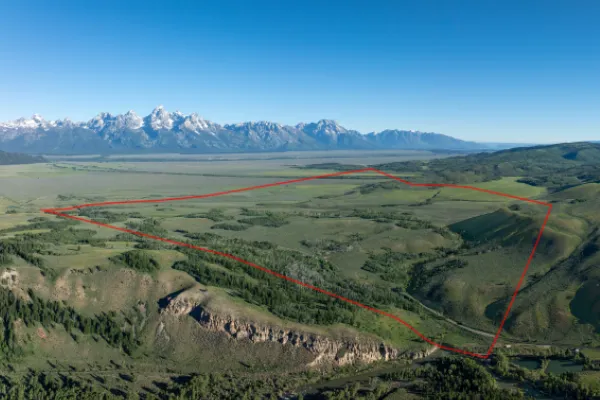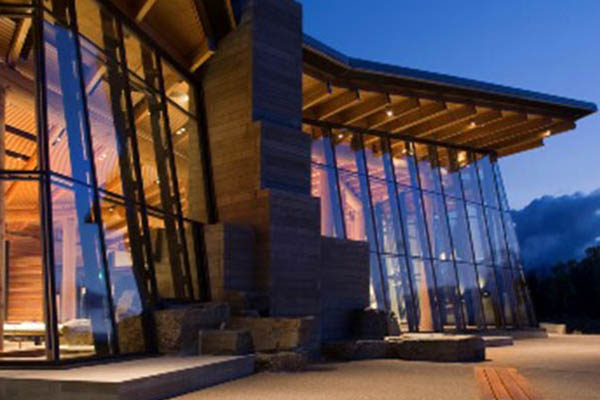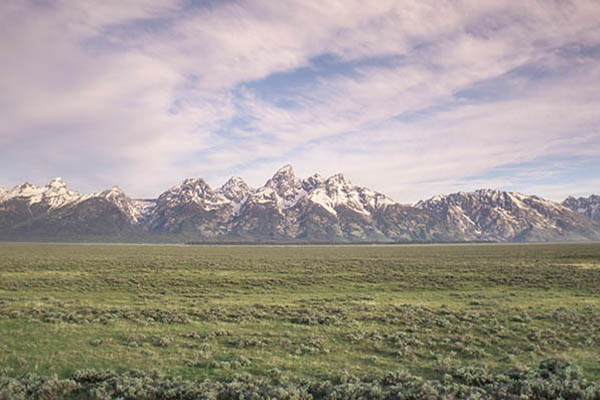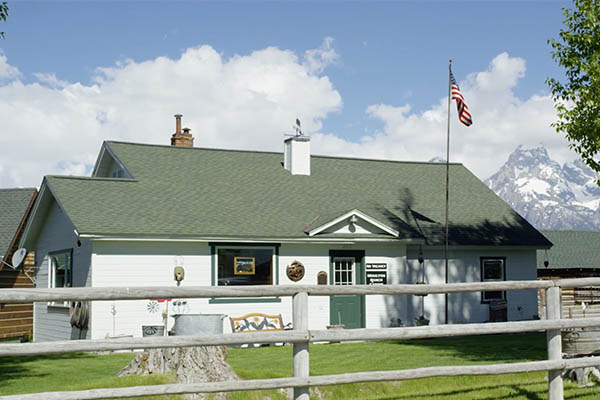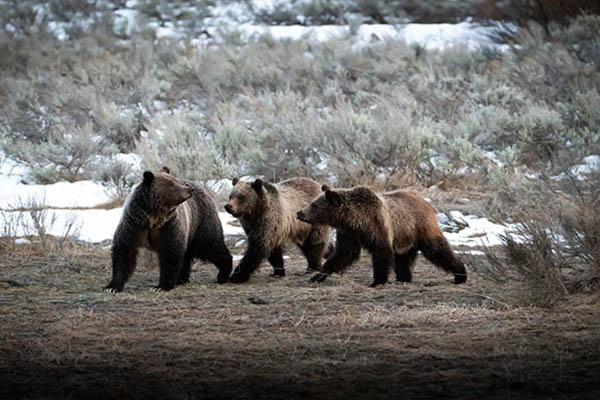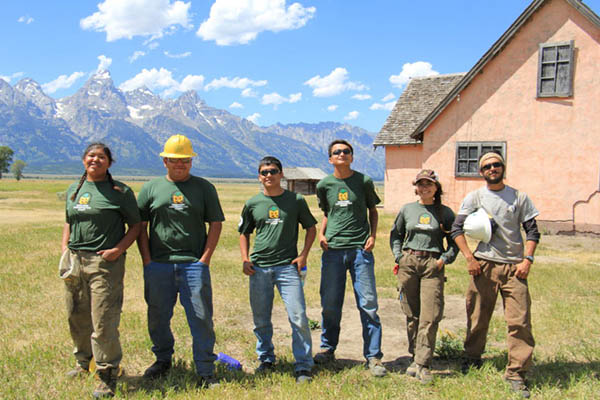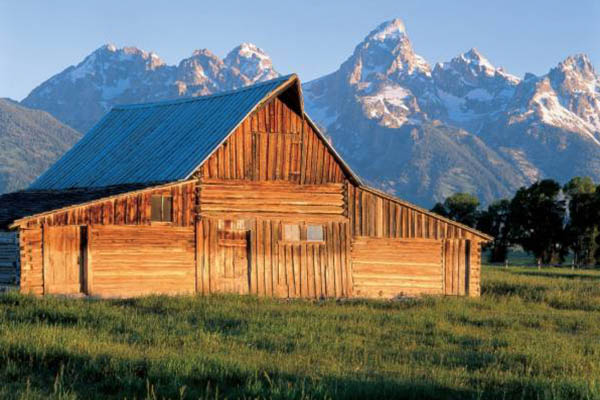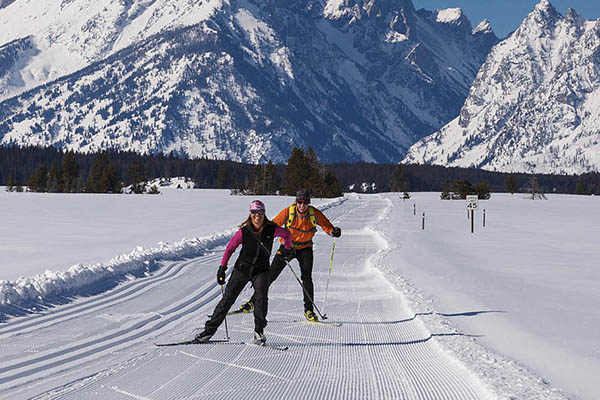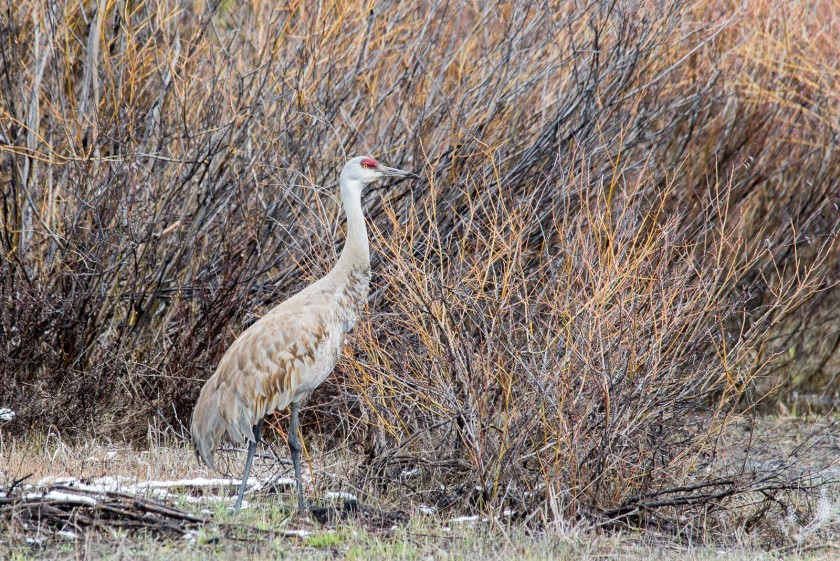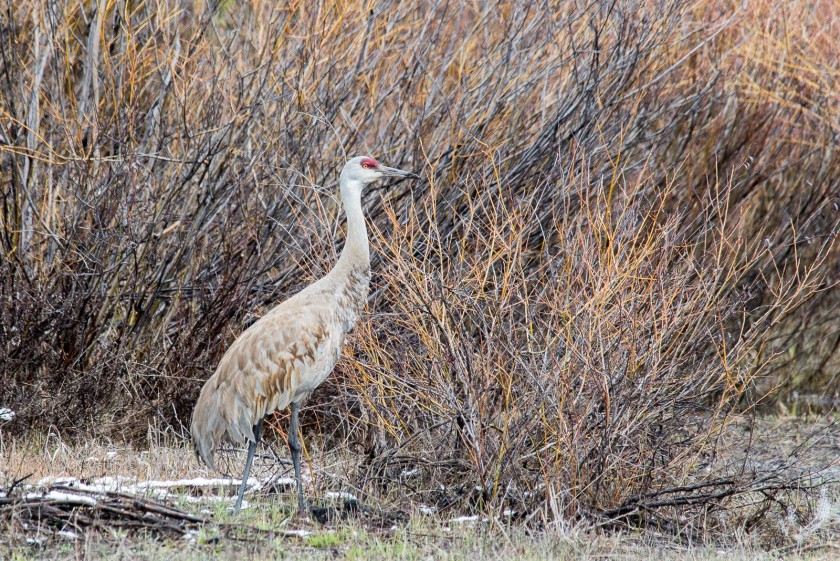Spring provides wildlife with vital energy resources to help them regain strength after winter in Grand Teton.
• Moose and other ungulates are experiencing the toughest time of year as they emerge from winter with low fuel reserves.
• Early snow melt, warm temperatures, and greening vegetation will help many animals get a jump on replenishing these critical energy reserves, particularly pregnant females which will be giving birth in the next 2 months.
• Since gestation lengths in mammals are fairly consistent, calving seasons will be similar to previous years, regardless of weather. The first bison calves of the year were born in early April, with moose and elk to follow in May!
• Northern migration of elk from the National Elk Refuge into Grand Teton has begun. Elk typically move up in the Snake River corridor north of park headquarters in Moose first, where river banks and east-facing slopes melt early.
• Wolves are out and about, localizing around den sites, and tending to newborn pups.
• Bald eagles, ravens, great-horned owls, and other early-season nesting birds are incubating eggs.
• Birds that migrate out of Jackson Hole in the fall are returning in increasing numbers (osprey, blue birds, meadowlarks, sandhill cranes, and others have returned to the valley).
• Bears are out in increasing numbers. They are looking for winter-killed carcasses, left over berries, pine seeds, and new vegetation on which they feed during the spring months. Don’t forget your bear spray when visiting the park!
• Beavers are showing up as ice melts from ponds and are raising new families inside their dens.
• With the early spring weather, bighorn sheep in the Tetons have moved off their high elevation winter ranges to mid-elevations where they can access nutritious vegetation green-up.
• Seen any “ghost moose” this spring? Moose with a ghost-like appearance are exhibiting the effects of winter tick infestations, which results in patches of broken hair or bare skin from attempts to rub off the ticks.
• Numbers of sage grouse attending lek (mating) sites likely peaked during April.

